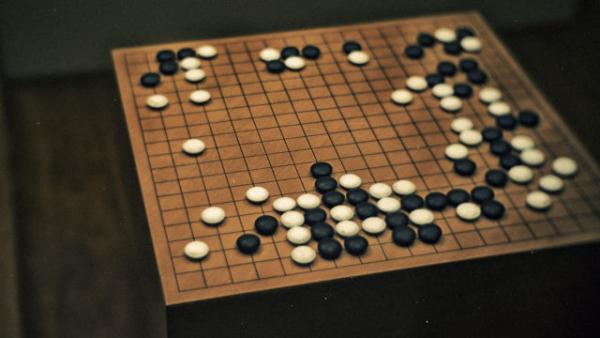
A powerful amateur Go player has defeated a high-level AI system after exploiting a weakness discovered by a second computer.
Kellin Pelrine, a player who is one level below the top amateur ranking, beat the machine by taking advantage of a previously unknown vulnerability that had been identified by another computer. But the head-to-head battle in which he won 14 of 15 games was made without direct computer support. It’s a rare Go win for humans since AlphaGo’s win in 2016, which helped lay a solid foundation for the current AI popularity.
Pelrine’s victory was made possible by a research company called FAR AI, which developed a program to check KataGo for weaknesses. After playing over a million games, it was able to find a weakness that could be exploited by a decent amateur player. Pelrine used the same method to beat Leela Zero, another top Go AI.
Here’s how it works: The goal is to create a large “loop(圈)” of stones(棋子) to surround an opponent’s group in a circle, and then distract the computer by making moves in other areas of the board. Even when his group was almost surrounded, the computer didn’t notice the strategy. “As a human, it would be pretty easy to spot,” Pelrine said, as the encircling checkers(环绕的棋子) stand out clearly on the game board. The bug shows that AI systems can’t really “think” beyond their training, so they often do things that look incredibly stupid to humans.
The discovery of a weakness in some of the most advanced Go-playing machines points to a fundamental weakness in the deep-learning systems that underpin(支撑) today’s most advanced AI, said Stuart Russell, a computer science professor at the University of California, Berkeley. The systems can “understand” only specific situations they have been exposed to in the past and are unable to generalize in a way that humans find easy, he added. “It shows once again we’ve been too quick to assume that machines have superhuman levels of intelligence.”
本时文内容由奇速英语国际教育研究院原创编写,未经书面授权,禁止复制和任何商业用途,版权所有,侵权必究!(作者投稿及时文阅读定制请联系微信:18980471698)
1.What does the underlined word “vulnerability” mean?
A Certificate.
B Development.
C Consultation.
D Weakness.
解析:选D。D词义猜测题。根据第一句的“after exploiting a weakness discovered by a second computer”可知,围棋业余棋手凯林·佩林(Kelin Pelletier)利用另一台计算机发现了AI系统的缺陷,并利用这个“缺陷”击败了这个围棋人工智能系统。故选D。
2.Which did Pelrine beat by winning 14 out of 15 games?
A AlphaGo.
B FAR AI.
C Leela Zero.
D KataGo.
解析:选D。D细节理解题。根据第三段的“Pelrine’s victory was made possible by a research company called FAR AI, which developed a program to check KataGo for weaknesses”可知,佩林和KataGo进行了15局比赛,获得了14次胜利。故选D。
3.How did Pelrine beat the top Go AI in the game?
A By creating a loop.
B By distracting him.
C By moving the board.
D By spotting the strategy.
解析:选B。B推理判断题。根据第四段第一句的“then distract the computer by making moves in other areas of the board”可知,佩林通过分散这台计算机的注意力,获得了围棋比赛的胜利。故选B。
4.What’s Stuart Russell's attitude to AI systems?
A Supportive.
B Cautious.
C Negative.
D Uninterested.
解析:选C。C推理判断题。根据最后一段中Stuart Russell所说,在一些最先进的围棋机器中发现一个弱点,表明支撑当今最先进人工智能的深度学习系统存在根本性弱点。这些系统只能“理解”它们过去接触过的特定情况,无法以人类觉得容易的方式进行概括。这再次表明,我们过早地认为机器拥有超人的智力水平。由此推断,他对人工智能系统持消极的态度。故选C。